22 Tasty South American Pastries You Need to Discover
South American pastries represent a vibrant culinary tapestry woven with cultural heritage and sweet traditions.
Bakers across the continent craft delectable treats that blend indigenous ingredients with European influences.
Each region boasts unique flavor profiles that tantalize taste buds and tell stories of local communities.
Flour, sugar, and creative techniques transform simple ingredients into magnificent desserts that reflect generations of passion.
Passionate artisans knead, shape, and bake with techniques passed down through family lines.
Regional specialties showcase the incredible diversity of baking styles and flavor combinations.
These pastries are more than just food - they're edible expressions of cultural identity and culinary creativity.
We invite you to savor the following 22 delicious South American pastries:
Delicious South American Pastries to Brighten the Day
South American pastry shops are filled with sweet and savory delights. Discover empanadas, alfajores, and more, all crafted to bring a little sunshine to your snack or dessert.
Argentinian Empanadas (Empanadas Argentinas)
Argentinian empanadas represent a beloved pastry pocket bursting with rich flavors and cultural significance across South America.
Wheat flour dough forms the delicate wrapper carefully folded around savory fillings like seasoned ground beef, onions, and regional spices.
Baked or fried until golden brown, these handheld delights offer a crispy exterior with a warm, satisfying interior.
Argentines enjoy multiple variations including meat-based, vegetable, and even sweet versions filled with dulce de leche or quince.
Regional differences create unique flavor profiles that highlight local ingredients and cooking traditions.
Street vendors and home kitchens alike prepare these portable meals with generations-old techniques.
Each empanada delivers a compact meal reflecting Argentina's culinary heritage.
Travelers and locals consider these pastries a must-try gastronomic experience.
Pastel
Pastel are crispy Brazilian street food pockets bursting with savory or sweet fillings and deep-fried to golden perfection.
Japanese immigrants introduced these half-circle or rectangular pastries after adapting Chinese spring roll techniques to Brazilian tastes.
Shredded chicken, ground beef, mozzarella, and small shrimps frequently fill the savory versions that dominate street markets and casual restaurants.
Chocolate, banana, and guava jam create delightful sweet variations that complement the more popular meat-based options.
Brazilian food stalls and street vendors specialize in serving these quick, affordable snacks that satisfy hunger with minimal preparation time.
Crisp exterior and soft interior textures make pastels irresistible to locals and tourists.
Regional variations exist across different Brazilian states, adding unique flavor profiles to this beloved street food.
Hand-folded and quickly fried, pastels represent a delicious culinary fusion of Chinese and Brazilian cooking traditions.
Empanadas Tucumanas
Tucuman empanadas define Argentina's rich street food culture with their distinctive crispy pastry and precise dough-to-filling balance.
Regional bakers craft these hand-rolled pastries using wheat flour mixed with beef fat and traditional techniques passed through generations.
Authentic versions feature savory fillings of seasoned beef, chicken, or tripe complemented by chopped onions and hard-boiled eggs.
Paprika and cumin add robust flavors that distinguish these empanadas from other Argentine varieties.
Baking occurs in classic clay ovens, which impart a unique texture and depth to the pastry.
Wine typically accompanies these compact, flavorful pockets during casual meals and gatherings.
Regional pride stems from generations of perfecting this beloved street food.
Meat-filled empanadas represent more than a meal - they symbolize Tucuman's culinary heritage.
Empanada Cordobesa
Cordobesas empanadas burst with a unique sweet and savory profile originating from Cordoba, Argentina, featuring a rich beef filling studded with raisins, potatoes, and olives.
Balanced white sugar blends seamlessly with complex spices like red wine, paprika, and cumin, creating a flavor explosion that sets these pastries apart from traditional versions.
Hard-boiled eggs and onions add depth to the robust meat mixture, while tomatoes ensure extra juiciness throughout each bite.
Handcrafted dough made from flour, egg yolks, lard, water, and salt envelops the intricate filling perfectly.
Skilled cooks carefully seal these pastry pockets before frying them in hot oil or baking until golden brown.
Crispy exteriors give way to a succulent interior that captures Argentina's rich culinary heritage.
Regional ingredients and generations-old techniques make cordobesas empanadas a true gastronomic treasure.
Empanadas Chilenas
Chilean empanadas are savory semicircular pastries packed with robust flavors and cultural significance.
Wheat flour dough wraps a hearty mixture of ground beef, onions, olives, raisins, and hard-boiled eggs in a traditional recipe beloved nationwide.
These baked pies reach peak popularity during September's Fiestas Patrias celebrations across Chile.
Religious traditions shift empanada fillings during Easter, replacing beef with seafood and cheese alternatives.
Bakers carefully fold and crimp the edges to seal in rich ingredients before baking the pastries to golden perfection.
Wine complements these handheld meals, enhancing their complex flavor profile.
Regional variations exist throughout Chile, reflecting local ingredient preferences.
Small details like precise crimping and filling ratios distinguish excellent empanadas from ordinary ones.
Golfeados
Golfeados are Venezuelan sweet-savory pastry rolls blending cheesy, sticky textures with aromatic spices and a signature syrup glaze.
Originating in Venezuela, these unique rolls combine milk, yeast, sugar, flour, eggs, and grated cheese into a rich dough infused with cinnamon, vanilla, and star anise.
Bakers brush golfeados midway through baking with melado, a panela-based simple syrup that creates a distinctive crunchy exterior while maintaining a soft, buttery interior.
Local bakeries typically serve these pastries warm alongside strong coffee, allowing the complex flavors to shine.
Cheese provides a salty counterpoint to the sweet glaze, making golfeados a beloved breakfast or afternoon treat.
Regional variations might include additional spices or slightly different cheese types.
Venezuelan families often enjoy golfeados during weekend gatherings or special occasions.
Generations have passed down traditional golfeado recipes, preserving this unique culinary heritage.
Medialunas
Medialunas are Argentina's beloved crescent-shaped pastries inspired by French croissants, featuring a unique sweet and buttery profile that distinguishes them from their European counterpart.
These smaller, moister rolls come in two traditional variants: one crafted with butter and another with lard, both typically glazed with a rum-and-sugar mixture.
Argentinians enjoy medialunas as a morning breakfast staple alongside strong coffee with milk or during afternoon breaks paired with yerba mate.
Bakeries across Argentina pride themselves on creating these delicate, golden-brown pastries with a perfectly flaky exterior and soft interior.
Flour, butter, and precise layering techniques transform simple ingredients into an irresistible national treat.
Street vendors and cafes sell fresh medialunas throughout the day, making them a ubiquitous part of Argentinian food culture.
Generations have embraced these croissant-like pastries as a comforting and delicious culinary tradition.
Picarones
Picarones are sweet Peruvian street food rings crafted from squash and sweet potato dough, deep-fried to crispy golden perfection and drizzled with molasses-like chancaca syrup.
Spanish colonial settlers inspired these fritters during Lima's viceroyalty period, adapting traditional bunuelos with native ingredients.
Locals transformed European recipes by incorporating indigenous vegetables into the batter, creating a unique dessert that became a national favorite.
Street vendors and home cooks often serve picarones during festivals and celebrations.
Each ring features a distinctive twisted shape that allows maximum crispiness when fried.
Immigrants from Spain originally introduced similar pastry techniques to Peru's culinary landscape.
Vendors typically prepare picarones fresh and serve them hot, making them a popular street snack.
Modern Peruvians continue to cherish this classic dessert as a symbol of cultural culinary innovation.
Pastelitos Criollos
Pastelitos are golden-brown Argentinian pastries bursting with sweet fillings and cultural significance.
These star-shaped treats feature a crispy exterior created through deep-frying and feature traditional preserves like quince or sweet potato.
Sugar glazing adds an extra layer of sweetness to the delicate pastry.
Argentinians especially celebrate pastelitos on May 25, marking the country's first independent government revolution.
Dulce de leche serves as another popular filling option for these festive pastries.
Colorful sprinkles sometimes decorate the tops of these crispy delights.
Street vendors and home bakers alike craft these special treats with care.
Pastelitos represent a beloved national snack that connects Argentinians to their rich culinary heritage.
Saltenas
Saltenas reign as Bolivia's beloved national street food, featuring a unique crescent-shaped pastry with a sweet and spicy juicy filling that bursts with flavor when bitten.
Originating from Salta, Argentina, these handheld treats combine tender chicken or beef with a signature spice blend including achiote, cumin, and oregano.
Bolivian bakers craft the distinctive golden-brown dough using crushed adobo bush seeds, creating a complex taste profile that sets saltenas apart from traditional empanadas.
Oven-baked and carefully sealed, these pocket-sized snacks offer a perfect balance of sweet pastry and savory meat.
Street vendors and home cooks alike prepare saltenas as a popular breakfast or mid-day meal.
Regional variations emerge across Bolivia, with each area adding its own twist to the classic recipe.
Saltenas require skill to eat without spilling the rich, juicy interior, making them a beloved culinary challenge.
Bolinhos De Chuva
Bolinhos de chuva are irresistible sweet fritters originating from Portugal and Brazil, featuring crispy golden balls of dough fried to perfection and dusted with powdered sugar and cinnamon.
Families traditionally prepared these treats during rainstorms, creating a warm kitchen atmosphere while waiting out the weather.
Simple ingredients like eggs, wheat flour, sugar, milk, baking powder, and salt transform into bite-sized pastries that crunch with each delightful bite.
Portuguese and Brazilian home cooks mix the ingredients quickly to create smooth dough that gets rolled into small spheres.
Vegetable oil provides the perfect frying medium, turning each ball a beautiful golden brown color.
The name literally translates to "rain cakes" and reflects their stormy kitchen origins.
Homemade bolinhos de chuva offer a nostalgic comfort food experience that connects generations.
These sweet fritters remain a beloved snack across Brazilian and Portuguese households.
Chipa So’O
Chipa so'o represents a hearty Paraguayan and Argentinian savory cake bursting with rich meat-filled flavors.
Soft dough crafted from corn flour, corn starch, milk, salt, and cheese creates its signature texture.
Pork fat helps bind the ingredients into a smooth mixture.
Cooks carefully shape the dough into round balls before adding a filling of beaten eggs and ground meat.
Regional recipes often feature local beef or pork as the primary protein.
Traditional preparation methods ensure each bite delivers authentic South American taste.
Family gatherings frequently showcase this satisfying snack during celebrations.
Street vendors and home kitchens alike treasure this beloved regional specialty.
Arabian Empanadas
Arabian empanadas showcase unique Middle Eastern culinary fusion with South American pastry techniques.
Arab immigrants brought these triangle-shaped pastries to South America, creating a distinctive culinary crossover.
Ground beef or lamb forms the core protein, mixed with chopped red and green peppers, green onions, and tomatoes.
Robust spices like oregano, chili powder, paprika, and black pepper infuse deep flavor into the filling.
Cooks often leave a portion of the filling exposed in the center, adding visual appeal to the triangular pastry.
Lemon juice frequently provides a bright, tangy accent to the rich meat mixture.
Each empanada represents a delicious blend of Arabian and South American gastronomic traditions.
Regional variations reflect the complex cultural exchanges that shape global cuisine.
Conejitos
Conejitos or conejos are beloved Chilean pastries featuring delicate, buttery dough crafted from simple ingredients like flour, sugar, and eggs.
Shaped like small bunnies, these sweet treats showcase a rich, creamy pastry cream filling called crema pastelera.
Chilean bakeries prepare these bite-sized desserts with meticulous attention to texture and flavor.
Vanilla-infused custard nestles inside flaky, golden-brown pastry shells.
Families and friends often enjoy these treats during afternoon tea or weekend gatherings.
Bakers carefully fold and shape the dough to resemble adorable rabbit forms.
Traditional recipes pass through generations, maintaining their authentic preparation methods.
Regional variations may include slight modifications to the classic recipe, reflecting local culinary preferences.
Empanada Catamarquena
Empanada catamarquena electrifies Argentine street food with its signature garlicky punch packed into a crisp pastry shell.
Originating from Catamarca province, this regional specialty features succulent beef or goat meat seasoned with robust garlic and aromatic onions.
Green olives and sweet raisins enhance the filling's complex flavor profile, creating a balanced blend of savory and slightly sweet notes.
Argentines traditionally prepare these hand-held pockets using traditional techniques passed through generations.
Skilled bakers carefully fold and seal the dough to ensure maximum flavor retention.
Local restaurants and home kitchens alike celebrate this distinctive regional empanada variation.
Regional spices and fresh ingredients elevate the dish beyond standard meat pastries.
Each bite delivers a genuine taste of Catamarca's culinary heritage.
Bolas De Fraile
Bolas de fraile are iconic Argentine and Uruguayan pastries resembling plump, sugar-coated doughnuts without center holes.
German immigrants introduced these sweet treats, which originated from Berliner Pfannkuchen pastries in Europe.
Soft and pillowy, these round delights burst with rich dulce de leche filling that oozes with each bite.
Bakeries across Argentina and Uruguay craft these desserts using traditional recipes passed through generations.
Powdered sugar generously coats the exterior, creating a delicate white finish that contrasts with the golden-brown pastry.
Bakers carefully fry the dough until achieving a perfect golden color and light, airy texture.
Street vendors and local bakeries sell these popular snacks as beloved breakfast or afternoon treats.
Families and friends often enjoy bolas de fraile during social gatherings and festive occasions.
Empanadas De Manzana
Empanada de manzana stands as a beloved Chilean dessert pastry featuring sweet apple-filled crescents baked to golden perfection.
Apple slices mixed with cinnamon nestle inside delicate, buttery dough folded into characteristic half-moon shapes.
Chilean bakers carefully select tart apple varieties for maximum flavor complexity.
Regional recipes often include subtle hints of nutmeg or clove to enhance the filling's warmth.
Home kitchens and bakeries across Chile prepare these treats as popular afternoon snacks or elegant dessert options.
Traditional preparation involves carefully slicing apples and mixing them with warming spices before wrapping in thin pastry.
Baking transforms the pastry into a crisp, flaky exterior surrounding soft, fragrant apple centers.
Families frequently enjoy these treats during cool autumn afternoons or special gatherings.
Sacramentos
Sacramentos are traditional Argentine pastries with a rebellious historical twist, featuring closed-corner rolls named as a provocative jab against religious institutions.
These compact, soft pastries differ from medialunas through their unique shape and preparation method, folding corners inward before rolling.
Anarchists originally created sacramentos with intentionally blasphemous names to challenge church authority during political upheavals.
Bakers craft these versatile treats in plain or filled variations, including sweet options like quince paste and chocolate or savory combinations such as ham and cheese.
Shorter than classic medialunas, sacramentos maintain a distinctive rectangular form instead of the familiar crescent shape.
Argentina's bakery culture embraces these small pastries as a symbol of culinary creativity and historical resistance.
Bakeries across the country continue producing sacramentos using traditional techniques passed through generations.
Breakfast tables and cafes frequently feature these compact, flavorful pastries as a beloved morning staple.
Pastel De Gloria
Pastel de gloria are delightful Colombian pastries bursting with sweet and creamy flavors inside delicate, flaky puff pastry.
Colombian bakers craft these small treats by layering rich guava paste, dulce de leche, and soft cheese within buttery pastry sheets.
Regional bakeries carefully fold the ingredients into thin pastry dough before baking until the exterior turns golden and crisp.
Sugar dusting adds a final touch of sweetness to these popular desserts.
Families often enjoy pastel de gloria during celebrations and special gatherings.
Street vendors and local bakeries sell these handheld pastries as quick snacks or afternoon treats.
Traditional recipes pass through generations, maintaining authentic preparation methods.
Variations might include different fillings or slight modifications to the original recipe.
Guargueros
Guargueros are crispy Peruvian pastries bursting with rich dulce de leche, showcasing Peru's culinary creativity through a delicate fried treat.
Bakers craft these golden delights using a special dough blended with flour, salt, egg yolks, and Pisco, Peru's beloved national spirit.
Twisted into elegant shapes resembling Italian cannoli, these pastries offer a perfect balance of crunch and smooth caramel filling.
Pisco adds a subtle complexity to the dough, enhancing its traditional flavor profile.
Frying transforms the pastry into a golden-brown masterpiece with a satisfying crackle.
Street vendors and bakeries across Peru serve these sweet snacks as popular afternoon treats.
Generations have enjoyed guargueros as a nostalgic connection to Peruvian culinary traditions.
Each bite delivers a harmonious blend of crisp texture and sweet, creamy filling.
Tawa-Tawa
Tawa-tawas are traditional Bolivian fritters known for their crispy exterior and light, airy texture.
Sweet and golden-brown, these rectangular or diamond-shaped pastries originate from home kitchens and street food culture.
Bolivian families fry the simple dough until it puffs up and turns a delicate golden color.
Generations have enjoyed these treats during Epiphany and now throughout the year.
Drizzled with honey or molasses, the fritters can also be dusted with powdered sugar for extra sweetness.
Street vendors and home cooks alike prepare tawa-tawas as a quick breakfast or afternoon snack.
These affordable treats showcase Bolivia's rich culinary heritage with their uncomplicated yet delicious preparation.
Easy to make and even easier to enjoy, tawa-tawas represent a simple pleasure in Bolivian cuisine.
Prestinos Huanuquenos
Prestinos are crispy-spongy doughnuts from Huanuco, Peru, originating from Spanish pestinos with a unique texture that blends crunchiness and softness.
Bakers craft these traditional teatime snacks using a simple mixture of flour, baking powder, egg whites, egg yolks, and salt.
Their distinctive ring shape makes them instantly recognizable at local gatherings.
Huancavelica region particularly celebrates these treats during afternoon social moments.
Families often prepare prestinos as quick sweet bites that complement afternoon tea or coffee.
Street vendors and home kitchens alike share this beloved Peruvian snack.
Mexican and Spanish influences contribute to their widespread popularity across South American communities.
Prestinos remain a cherished reminder of cultural culinary connections between Spain and Peru.
What Types of Flour Are Most Commonly Used in South American Pastries?
South American pastries showcase a variety of flours that reflect the region’s diverse agriculture and culinary heritage:
These flours collectively contribute to the rich variety and authentic textures found in South American pastries.

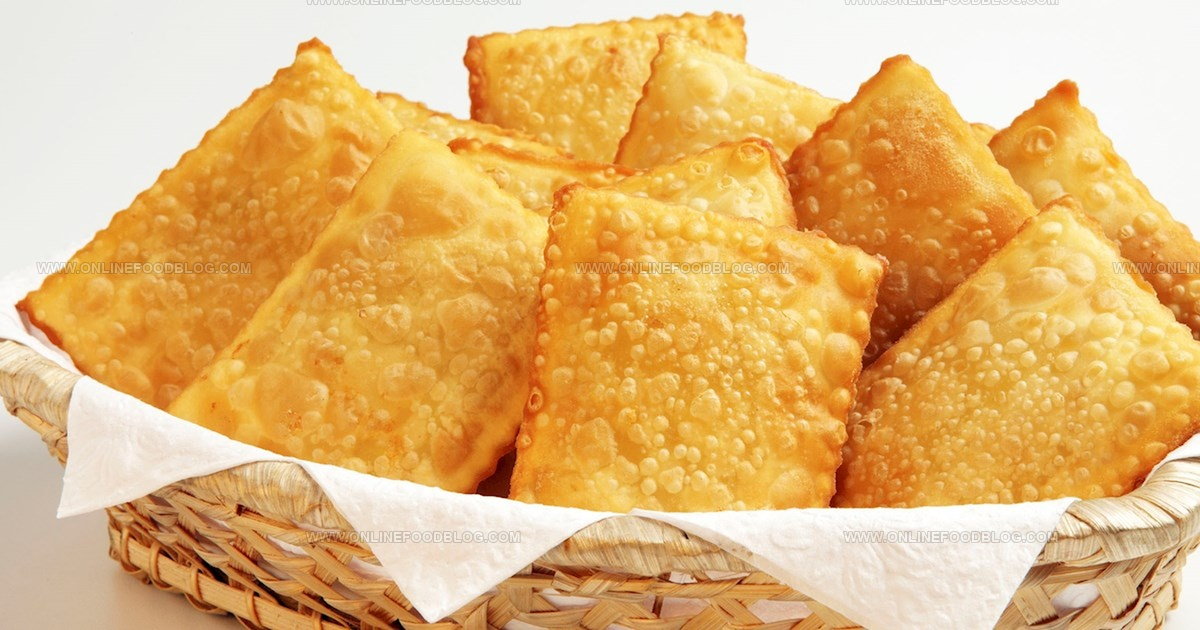
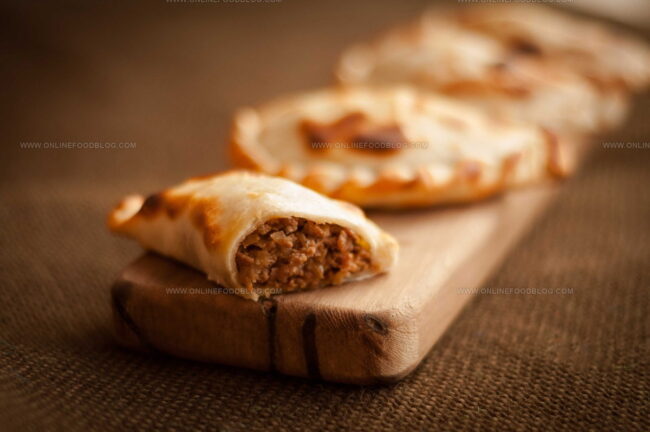
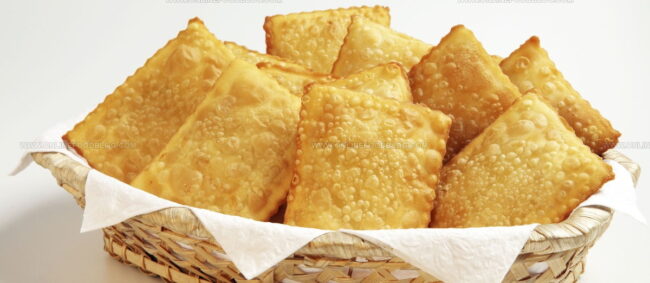
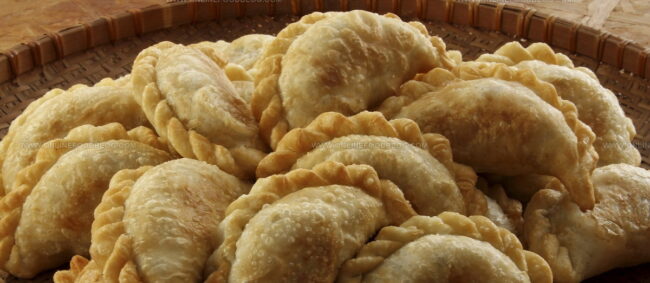
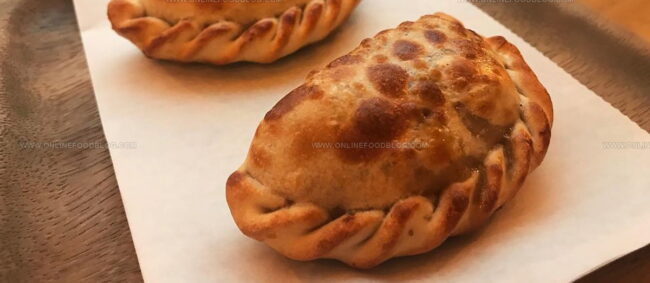
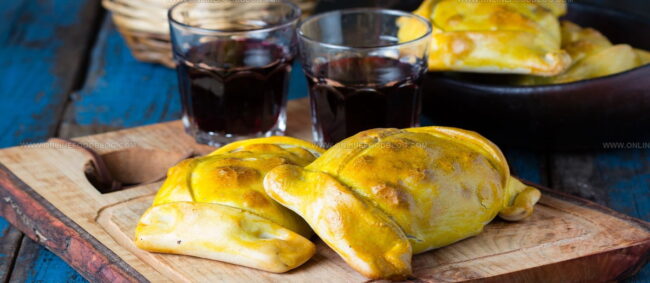

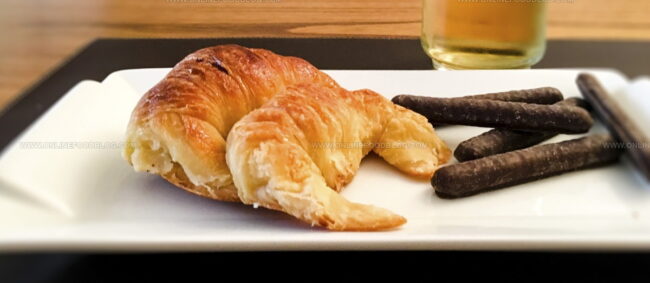
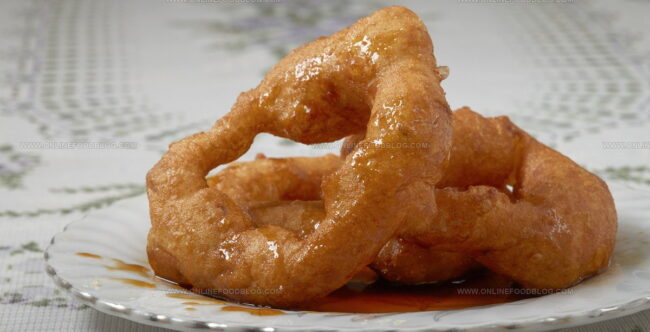
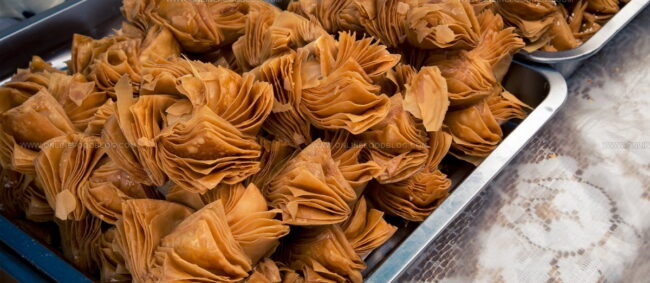
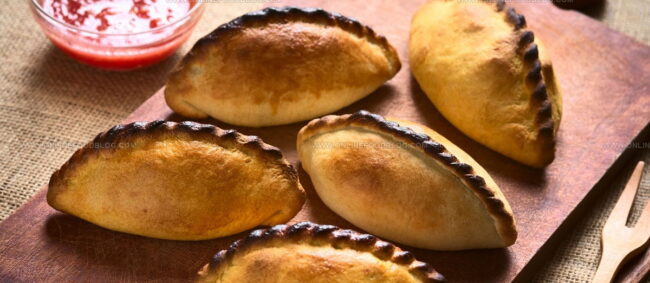
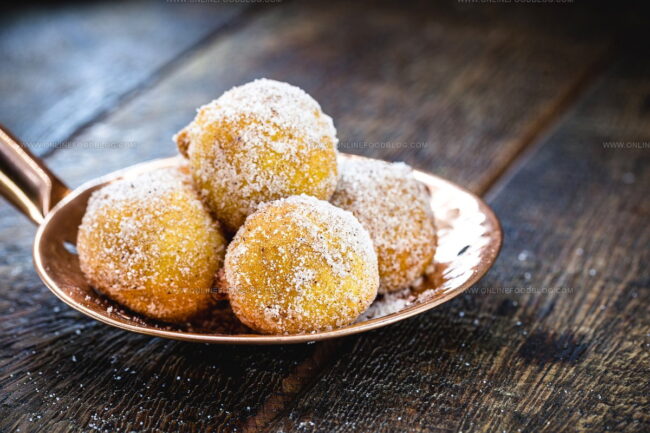
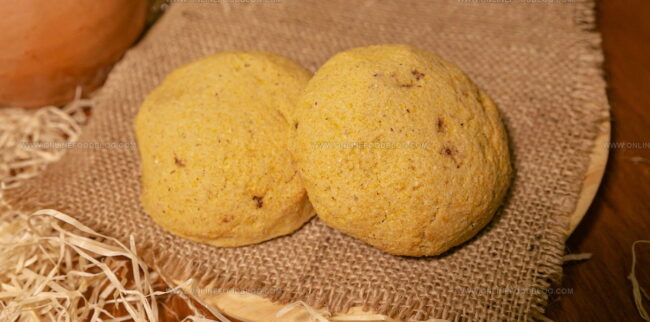
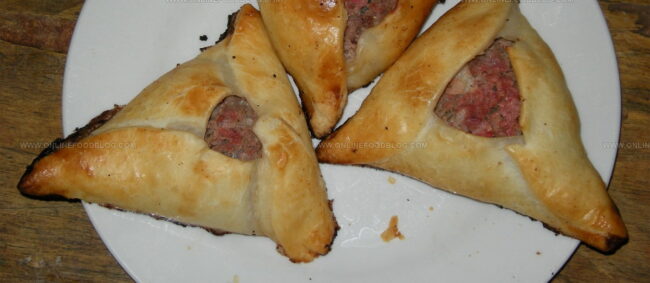

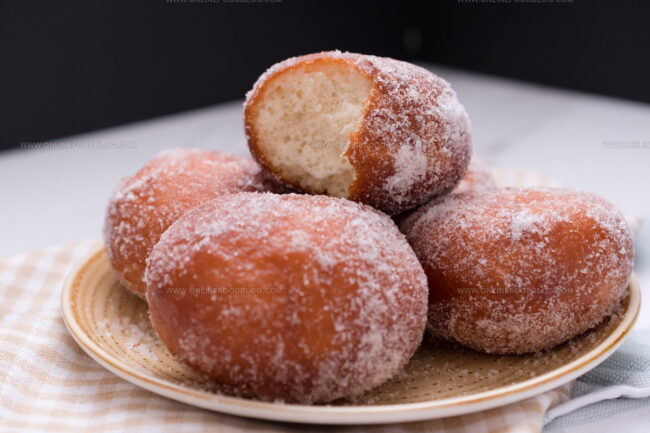
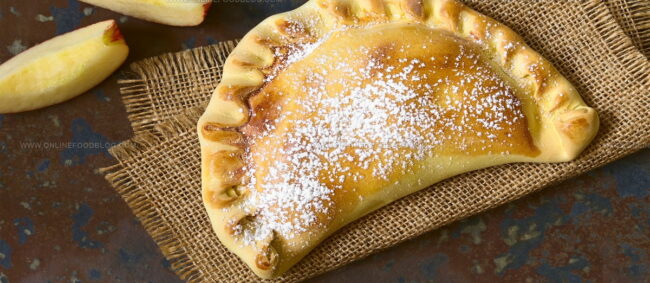

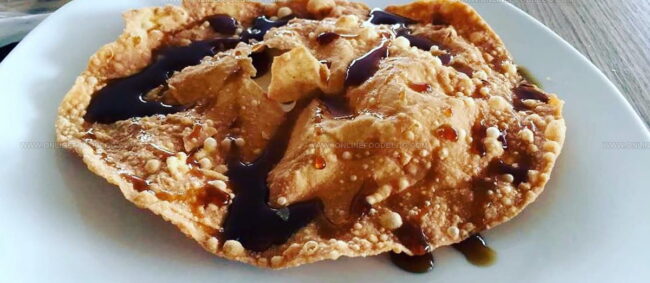

Lucas Bennett
Founder & Recipe Creator
Expertise
Simple Everyday Recipes, Sustainable Cooking Practices, Creative Meal Planning, Recipe Testing and Improvement
Education
Fox Valley Technical College, Appleton, Wisconsin
Lake Superior College, Duluth, Minnesota
Lucas Bennett’s cooking journey started in his parents’ kitchen, where he learned to prepare tasty, no-fuss meals from scratch. His culinary passion led him to Fox Valley Technical College, where he gained practical cooking skills.
He then expanded his focus on sustainability at Lake Superior College. Today, Lucas shares easy, approachable recipes designed to make cooking enjoyable and stress-free for everyone.